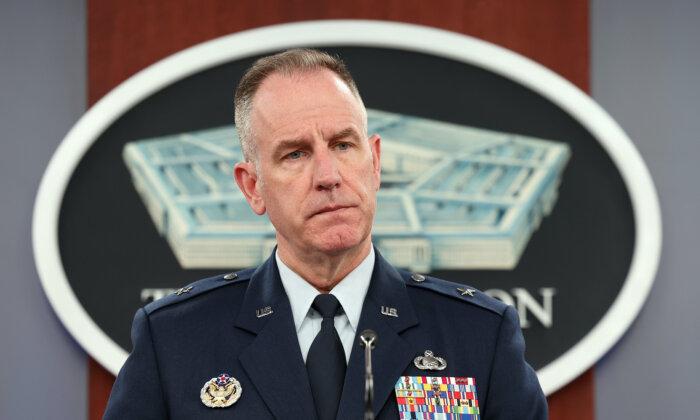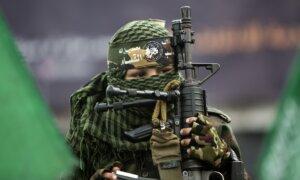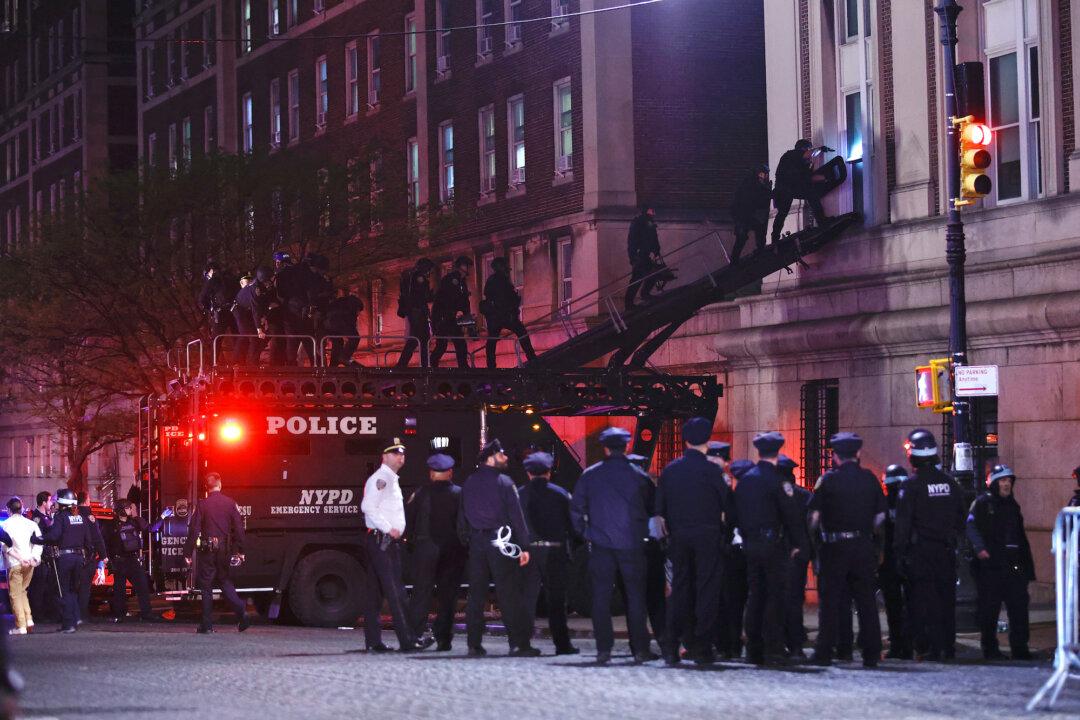Pentagon officials revealed Tuesday that U.S. troops at outposts across the Middle East were attacked 13 times within the past week, involving a combination of one-way drones and rockets.
U.S. Department of Defense press secretary Brig. Gen. Pat Ryder confirmed on Tuesday that American troops in Iraq bore the brunt of these attacks, reporting 10 separate incidents between Oct. 17 and 24.
Simultaneously, U.S. forces in Syria faced three attacks during the same timeframe.
Gen. Ryder noted that Pentagon officials are still working with U.S. Central Command (CENTCOM) to publicly release “a comprehensive list” of the attacks.
On Monday, Pentagon officials said the targeting of U.S. troops in the region had “Iranian fingerprints all over it,” despite the absence of evidence linking the country’s leaders to the assaults.
“That includes Lebanese Hezbollah, militia groups in Iraq and Syria, as well as the Houthis, in Yemen. So I think it’s fair to say when you see this uptick in activity and attacks by many of these groups, there’s Iranian fingerprints all over it,” the senior official added.
The recent attacks on U.S. troops in Iraq, the first in over a year, occurred against the backdrop of the Israel–Hamas war.
One of the most significant incidents occurred on Oct. 18 at Al-Asad base, located west of Baghdad.
In this attack, U.S. forces engaged two drones, successfully destroying one, while the second sustained damage. Minor injuries were reported among coalition forces, along with some base damage.
A U.S. civilian contractor suffered a fatal heart attack while seeking shelter as a protective measure following early warning alerts of “a possible threat approaching the airbase at al-Assad” that ultimately did not materialize.
Gen. Ryder announced the contractor’s death as a result of this incident during a press briefing on Oct. 19.
On the same day, attacks targeted Al-Harir air base near Erbil and Al-Tanf Garrison in Syria.
While no injuries were reported at Al-Harir air base, the Al-Tanf Garrison attack left four U.S. service members injured. Fortunately, all four personnel have since returned to duty.
On Oct. 19, the USS Carney intercepted and shot down four land attack cruise missiles and 15 drones launched by Houthi forces in Yemen in the northern Red Sea.
Additional attacks on the same day were reported at the Baghdad Diplomatic Support Center near Baghdad International Airport and a mission support site in Euphrates, Northeast Syria.
Attacks persisted into the following days, with incidents on Oct. 20 at al-Harir air base and Oct. 23 at Al-Tanf Garrison in Syria.

Blinken: US Doesn’t Want War With Iran But Will Defend Troops
Biden administration officials have expressed concern that Iran and its proxies might use the conflict initiated by Hamas on Oct. 7 to target American forces or destabilize the region.On Tuesday, Secretary of State Antony Blinken told the United Nations that the United States doesn’t seek conflict with Iran, but warned that Washington would act swiftly and decisively if Iran or its proxies attacked U.S. personnel anywhere.
“The United States does not seek conflict with Iran,” he told the 15-member U.N. Security Council. “We do not want this war to widen. But if Iran or its proxies attack U.S. personnel anywhere, make no mistake: we will defend our people, we will defend our security—swiftly and decisively.”
Defense Secretary Lloyd Austin has ordered the USS Dwight D. Eisenhower Carrier Strike Group to be stationed in a location overseen by CENTCOM over the weekend in a move to counter concerns about destabilization.
Previously, the USS Gerald R. Ford Carrier Strike Group, along with the USS Dwight D. Eisenhower Carrier Strike Group, was moved to the Eastern Mediterranean following the onset of the Hamas–Israel conflict.
Furthermore, Mr. Austin put several forces on standby for potential deployment in response to any aggression.
He also deployed the Terminal High Altitude Area Defense (THAAD) battery and additional Patriot battalions across the region.
On Tuesday, Gen. Ryder refrained from disclosing the exact numbers of these weapons or their specific deployment locations, “other than to say to an undisclosed location in the Middle East.”
However, he mentioned that the THAAD battery is being dispatched from Fort Bliss, Texas, and the Patriot battalions and batteries are coming from Fort Liberty, North Carolina, and Fort Sill, Oklahoma.
He emphasized that the United States is positioning additional forces in the region to convey a clear message that it will protect its forces, bolter regional deterrence, maintain “the inherent right of self-defense,” and, if necessary, respond “at a time and place of our choosing.”







